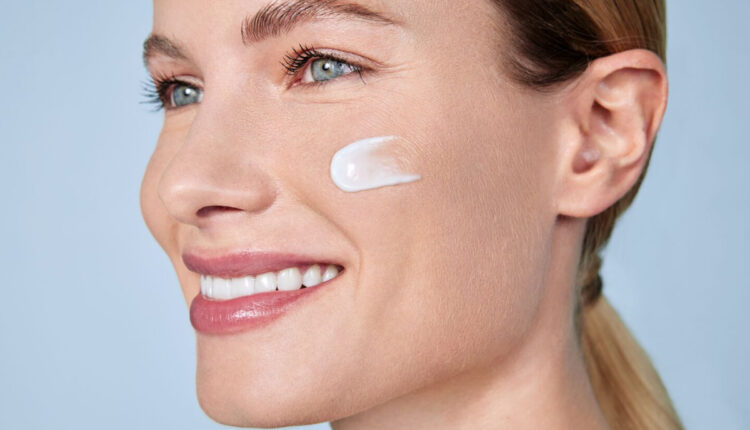Your skin is just as unique as you are—making it important to embrace a skincare journey tailored to your specific needs. But when it comes to dry skin, the path to comfort and radiance can be full of twists and turns.
The shortcut? A consistent skincare routine for dry skin designed to restore and retain moisture. Let’s explore the essential steps, expert tips, and nourishing products that can help bring lasting hydration.
What causes dry skin?
Dry skin lacks water, but it’s also running low on natural oils. And these oils (sebum) are vital for keeping your skin barrier healthy.
Think of the barrier as a brick wall: in normal skin, it locks moisture in and keeps irritants out. But in dry skin, the layer of skin that your barrier calls home is permanently altered. This means that your skin cells lose some of their ability to hold onto water.
That’s why dry skin often feels rough, tight, or flaky, and why choosing the best skincare for dry skin can make such an impact.
What does dry skin look and feel like?
- Fine, barely visible pores
- A tight feeling, especially after cleansing
- A matte complexion (with little to no natural shine)
These signs can appear all over or only in one specific spot, such as the nose or cheeks. Either way, the right face products for dry skin can help relieve dryness and set you on the path to smooth, comfortable skin.
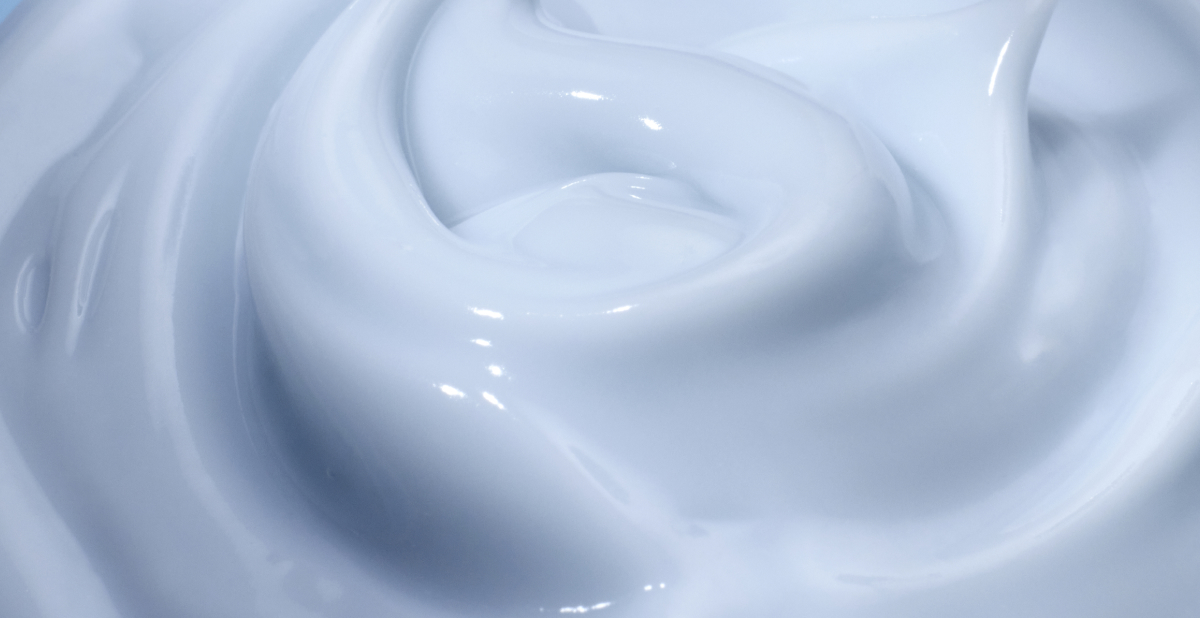
Your step-by-step skincare routine for normal to dry skin
When building a skincare routine for dry skin, the mantra is simple: hydrate, protect, and support your barrier. Each step should work to replenish moisture while preventing further water loss.
Step 1: Nourishing oil cleanser
Dry skin thrives on gentle cleansing. Harsh cleansers strip away natural oils, which only worsens dryness. Instead, opt for an oil-based cleanser that respects your barrier.
Why oil? Like attracts like—oil dissolves oil-based impurities, helping to remove sunscreen and makeup without leaving skin tight. Look for a formula with a soft emulsion texture to cleanse comfortably.
Our pick: Essential Cleansing Oil
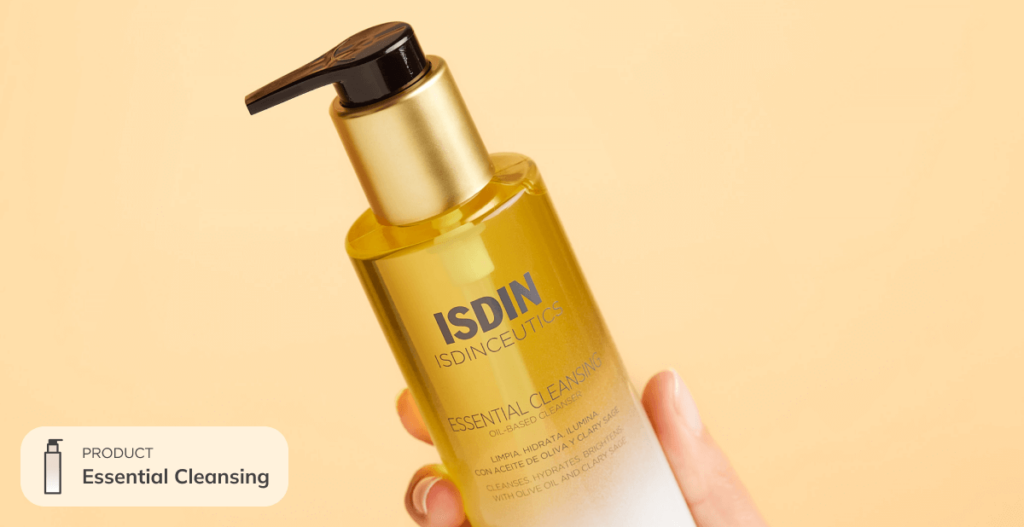
Step 2: Moisturizing eye cream
The delicate under-eye area can be one of the first to show signs of dryness, since the skin here is thinner and more vulnerable to environmental stressors like UV rays, pollution, or lack of sleep.
A lightweight, moisture-packed eye cream helps keep this area smooth and comfortable while minimizing fine lines caused by dehydration.
Our pick: Hyaluronic Eyes
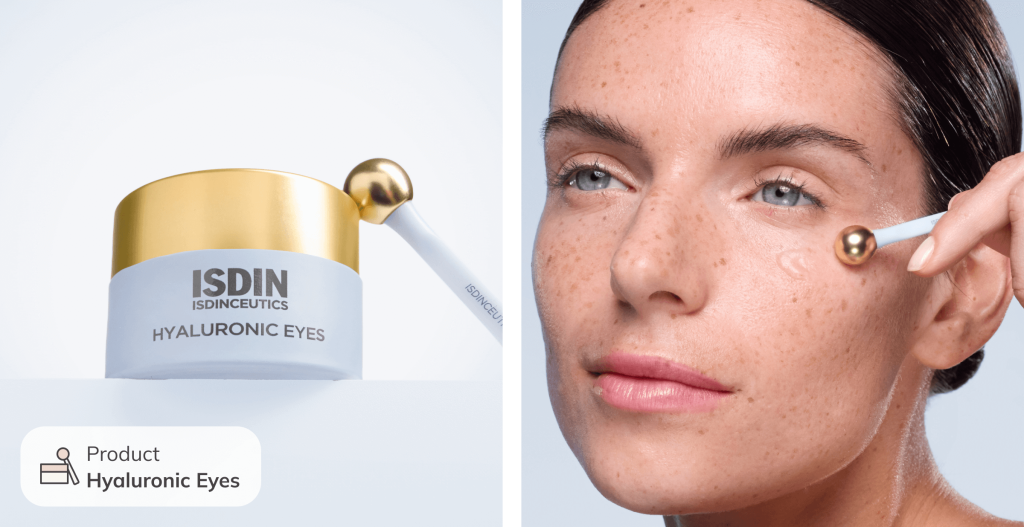
Step 3: Hydrating serum
The quickest answer to how to hydrate your skin? Add a hydrating, humectant-packed serum to both your morning and evening routines. Humectants such as hyaluronic acid and glycerin draw in water and bind it to the skin, helping to restore comfort and plumpness.
Even better: hydrating serums can also help soothe feelings of tightness and support elasticity over time.
Our pick: Hyaluronic Concentrate
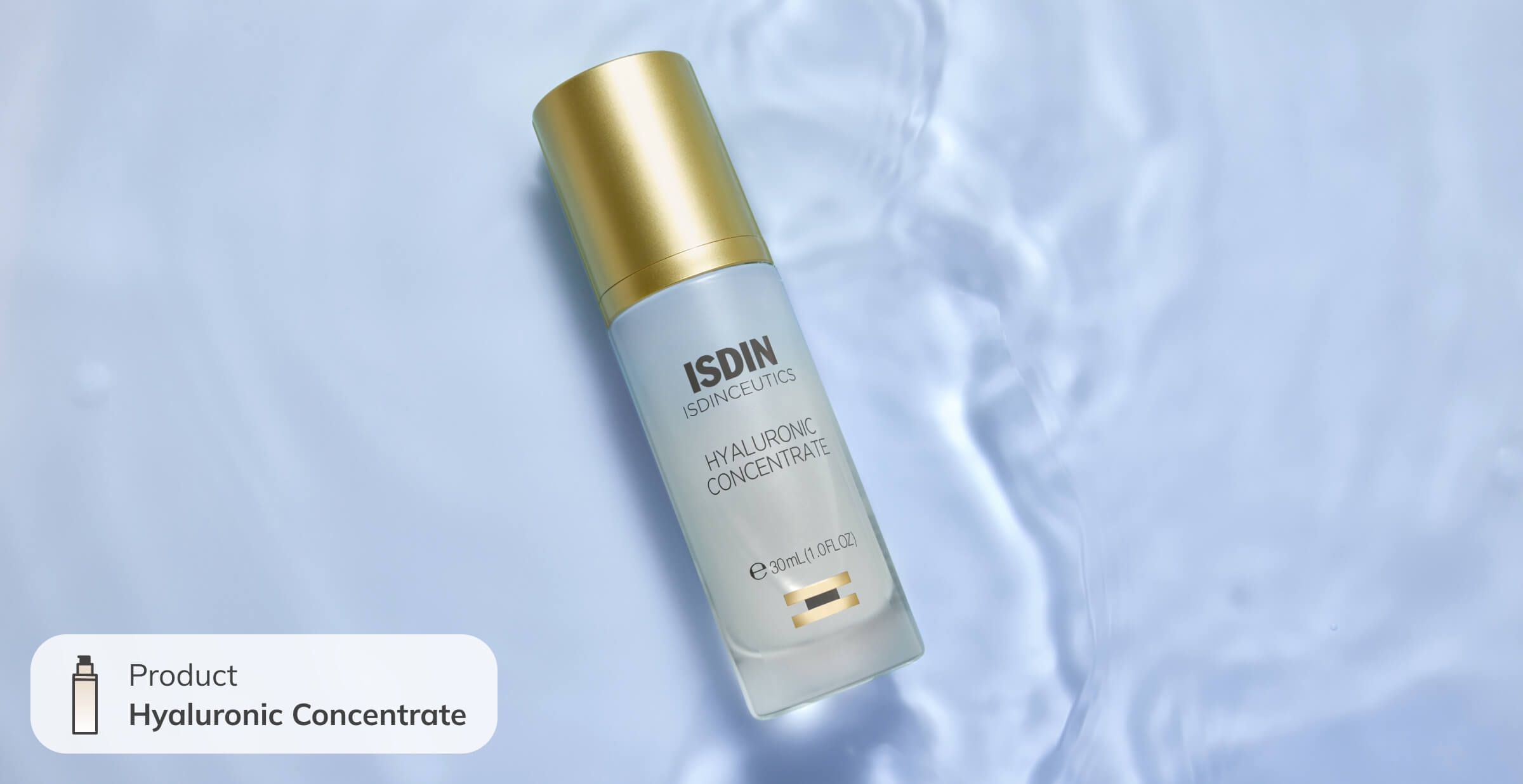
Step 4: Targeted moisturizer
Now it’s time to seal in moisture with a comforting formula. This step helps to keep in all the hydrating goodness of a serum and minimize moisture loss as the day goes by. Where to start? Look for skincare products made for dry skin with ingredients like hyaluronic acid, ceramides, and antioxidants.
Our pick: Hyaluronic Moisture Normal to Dry Skin

Step 5: Broad spectrum sunscreen
Daily SPF is a must—even more so for dry skin. Sun exposure accelerates water loss (TEWL, or transepidermal water loss), leaving skin even drier. A hydrating sunscreen helps prevent this while protecting against UV damage.
Mineral sunscreens are a great option, but dry skin can also benefit from lightweight, moisturizing chemical formulas.
Our picks: Eryfotona Actinica and Fusion Water MAGIC. Both are ultralight, fast-absorbing, and enriched with antioxidants like vitamin E for added hydration support.
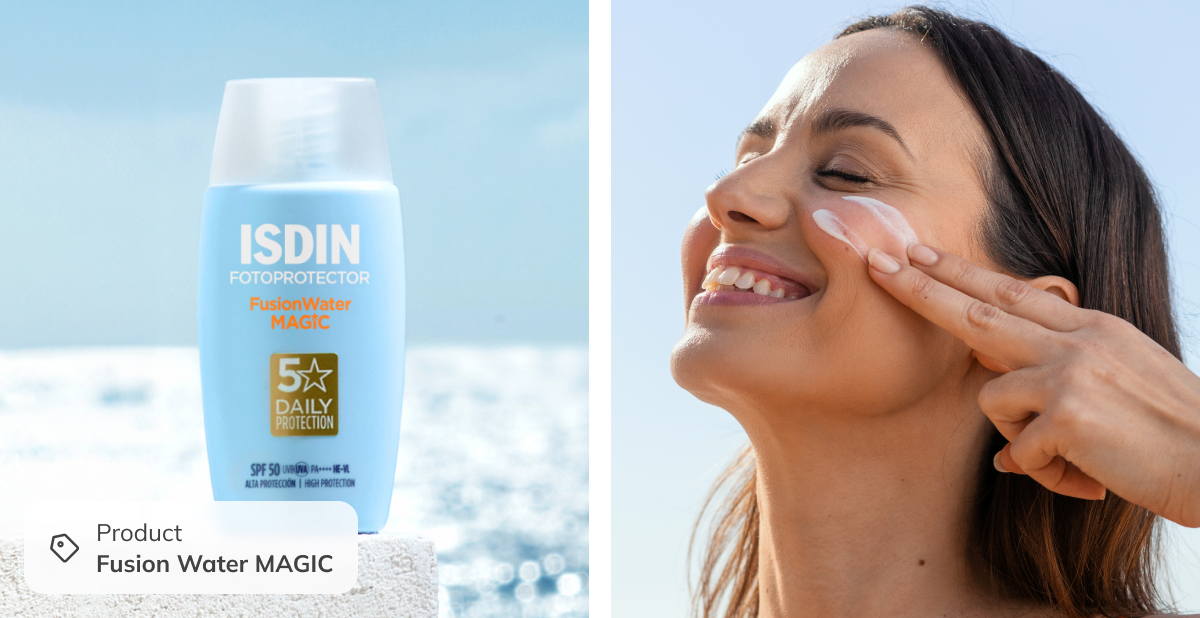
Extra nighttime step: Gentle exfoliant
You’re not the only one wondering: Can I exfoliate if I have dry skin? The answer is yes—if you choose the right kind.
Skip scrubs and opt for gentle chemical exfoliants with AHAs (alpha hydroxy acids). Glycolic acid, for example, can help renew skin while also drawing in water molecules. Start with a low concentration—one or two nights per week—to smooth texture and boost absorption of your hydrating products.
Just remember to wear sun protection without fail, as exfoliation can make the skin more sensitive to the sun.
Our PM pick: Glicoisdin® 8 Soft
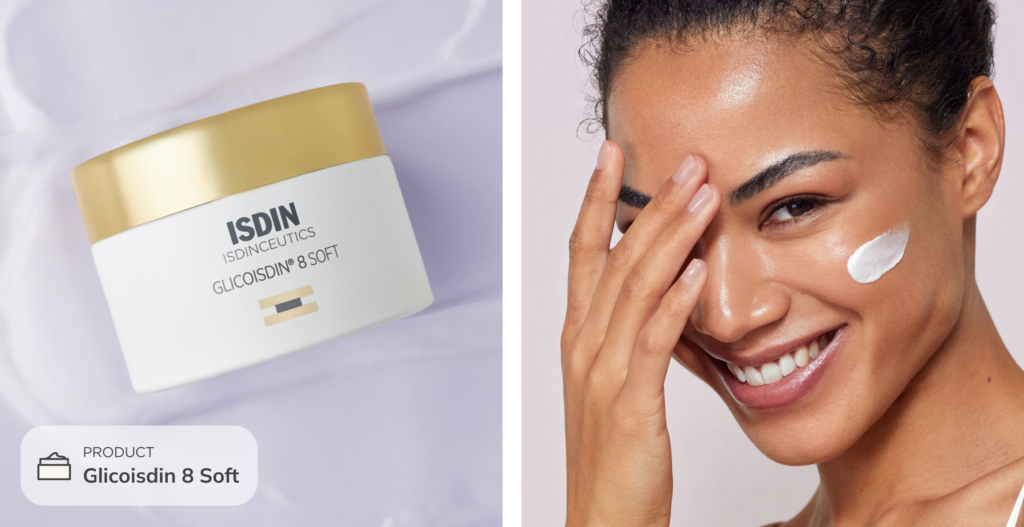
Overall, what’s good for dry skin?
At its core, dry skin needs consistent hydration and barrier support. That means:
- Choosing gentle, non-stripping cleansers
- Layering humectants (like hyaluronic acid) with hard-working serums and nourishing moisturizers
- Protecting daily with a hydrating sunscreen
- Adding gentle exfoliation to improve absorption
With the right skincare routine for dry skin—plus a little dedication—you can restore balance, reduce discomfort, and keep your skin feeling smooth and healthy every day.
Sources and references:
Hashizume H. Skin aging and dry skin. J Dermatol. 2004 Aug;31(8):603-9. doi: 10.1111/j.1346-8138.2004.tb00565.x. PMID: 15492432.
Van Smeden, J., Janssens, M., Gooris, G. S., & Bouwstra, J. A. (2014). The important role of stratum corneum lipids for the cutaneous barrier function. Biochimica Et Biophysica Acta (BBA) – Molecular and Cell Biology of Lipids, 1841(3), 295–313. https://doi.org/10.1016/j.bbalip.2013.11.006
Tončić, R. J., Kežić, S., Hadžavdić, S. L., & Marinović, B. (2018). Skin barrier and dry skin in the mature patient. Clinics in Dermatology, 36(2), 109–115. https://doi.org/10.1016/j.clindermatol.2017.10.002


